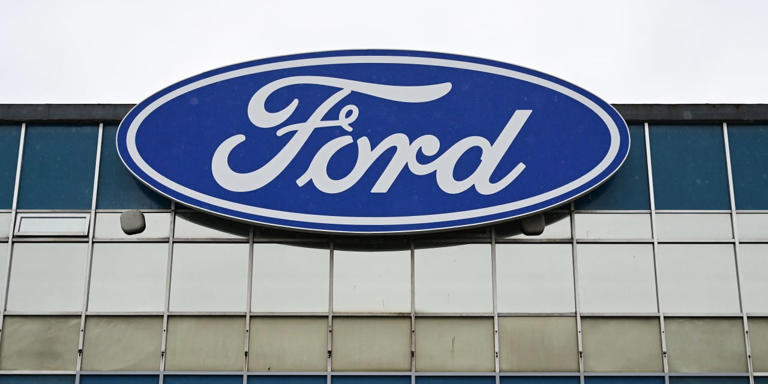Ford Motor Co. is witnessing a significant shift in consumer preferences towards hybrid vehicles, particularly evident in the burgeoning demand for its F-150 PowerBoost hybrids. Jim Baumbick, Ford’s vice president for product development operations and quality, underscores the evolving landscape of automotive propulsion, acknowledging that while the ultimate destination is electrification and EVs, the journey is prolonged for internal combustion engines (ICE) and hybrid propulsion systems. This observation highlights the unforeseen longevity of ICE and hybrid technologies, contrasting with earlier predictions.
Hybrids, according to Baumbick, occupy a favorable position in the market, resonating with consumers primarily due to their value proposition. Their appeal lies not only in immediate fuel cost savings but also in the additional benefits they offer, such as onboard generators, which are economically superior to external alternatives. Ford’s analysis suggests that hybrids provide a compelling balance between cost-effectiveness and performance, driving their popularity among consumers.
The success of Ford’s hybrid offerings is evident in its dominance of the hybrid pickup market in the U.S., with the company projecting robust sales for its hybrid Maverick truck until the launch of the new F-150 PowerBoost Hybrid. Equipped with innovative features like Pro Power Onboard technology, the F-150 PowerBoost Hybrid emerges as a versatile solution, capable of serving as a mobile power source during emergencies, further enhancing its appeal to consumers.
Looking ahead, Ford is committed to expanding its hybrid lineup, aiming to introduce hybrid variants across its entire portfolio of internal combustion-engine cars in North America by the decade’s end. This strategic initiative underscores Ford’s proactive approach to meet evolving consumer preferences and embrace the transition towards electrification.
Hybrids serve as a pragmatic bridge between traditional ICE vehicles and electric vehicles (EVs), offering consumers a practical alternative that addresses concerns such as range anxiety and affordability. Unlike EVs, hybrids benefit from smaller batteries, contributing to lower production costs and improved profitability for manufacturers.
While Ford navigates the complex landscape of shifting consumer trends and technological advancements, maintaining flexibility and adaptability remains paramount. Hybrids continue to represent a profitable segment within the automotive industry, and Ford’s commitment to innovation and diversification positions it favorably to capitalize on emerging opportunities in the evolving automotive market.
